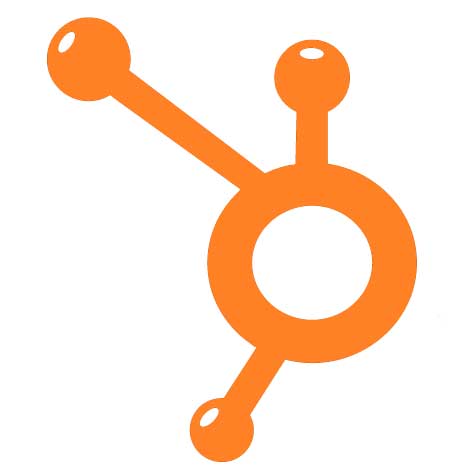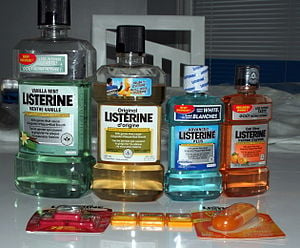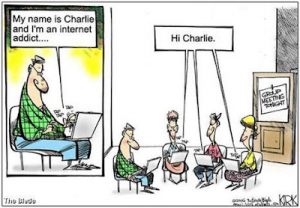Being Conned by Misleading Advertising Claims
By Jaco Grobbelaar on Thu, Oct 13, 2011 @ 07:44 PM

Advertising claims are not what they appear to be. While we tend to look at ads as ineffective, advertisers know better. While people refuse to admit that they are influenced by ads, sales figures show that a well-designed ad campaign has dramatic affects. What become obvious as we study ads is that a lot of what is working is below the radar and people don’t even realize they are big conned.
In the 1970s Jefferty Schrank (attributions listed at the end of the article) presented a new way of looking at ads and some of the legal ways advertisers tell part of the truth and part that is not while most people don’t get it.
The “So What” Claim
After hearing a claim like this, you are inclined to say, “So what?” The claim is true, but there is no advantage to this product as compared to that product and yet the ad claims that there is a unique advantage.
Some examples:
“Strong enough for a man but made for a woman.” All this deodorant says is that it is aimed at the female market.
“Has twice the iron of ordinary supplements.” Does that mean that twice is better for the person?
“Our mineral water is 100% fat free.” This is not an advantage or even a surprise.
The Vague Claim
The vague claim is not clear. You will probably find some overlap in this category with some of the other claims. Look for the use of colorful, but meaningless words as well as use of subjective and emotional opinions that cannot be verified. Most of these also contain weasel words, words that negate the content that follows.
Examples:
Here’s an oldie: “Winston tastes good like a cigarette should.” How would you disprove or prove such a claim. Did you catch the weasel word “like”?
“Herbal Essences-The True Classic.” Then the ad goes on to say the brand reinvented itself. What? Would Leonardo de Vinci reinvent the true classic Mona Lisa?
The Endorsement or Testimonial
Here a celebrity or authority is in the ad lending stellar qualities to the product. Sometimes they will actually claim they use the product, but often they don’t. Some ad agencies are surviving by providing products with testimonials.
Examples:
In the Herbal Essence Ad mentioned above Leighton Meester is quoted as saying, “Sleek, smooth hair is timeless—it feels soft and polished. Adding silkiness makes it of-the-moment.” Notice she didn’t say she uses it.
Here are a few of the celebrities and the products they endorse: William Shatner-Priceline; Kevin Garnett-Wheaties; David Beckham-Gillette; and JLO—Fiat. Do you know of the others?
The Scientific or Statistical Claim
Everyone love analytics, scientific proof, specific numbers or an impressive sounding mystery ingredient.
Examples:
“Drink Eau-Biore, the mineral water with H2O.”
Here’s one that FTC made the advertisers pull. “Wonder Bread helps build strong bodies 12 ways.” Did you catch the weasel “helps”? The exact number 12 made the claim even more believable than if it were taken out.
“Easy-Off has 33% more cleaning power than another popular brand.” You can translate “another popular brand” as some other kind of oven cleaner. Also we have the statistic “has 33% more” which does not translate to it "works 33% better".
The “Compliment the Consumer” Claim
This claim flatters the consumer as a way to sell the product. Here the company wants to come across as trustworthy and kind.
Examples:
L’Oreal is one of the most blatant with “Because you’re worth it.” The idea is that you are worth the cost of their product.
An old cigarette ad told women, “You’ve come a long way, baby.”
A friend of mine told me she always bought Jif Peanut Butter because the compliment was that “Choosy mothers choose Jif.” Since she wanted to be a good mother, she bought into the compliment.
The Rhetorical Question
This technique expects the audience to respond. The interviewer asks a question that the listener is supposed to answer in a way that promotes the goodness of the product.
Examples:
Geico does this with the interview asking, “Does Geico really save you 15 % on car insurance? Do woodchucks really chuck wood?”
It’s hard to top Geico. I remember an old ad that said, “Aren’t you glad you used Dial. Don’t you wish everybody did?”
Have you seen that advertising claims are much more complicated than you thought? I know they were to me. There are even some other ways to look at claims that we will consider at another time. Meanwhile, please pay attention to the ads around you, try to figure out the claims and let me know what you discover by putting a note in the box below.
This series of ideas come from Jeffrey Schrank’s handout found at http://home.olemiss.edu/~egjbp/comp/ad-claims.html which comes from Schrank, Jeffrey. “The Language of Advertising Claims.” Teaching About Doublespeak. ed. Daniel Dieterich. Illinois: NCTE, 1976; the Second Edition of Point Counterpoint: Eight Cases for Composition, edited by Thayle K. Anderson and Kent Forrester. Fort Worth: Harcourt Brace Jovanovich, 199; Scott Bennet’s site: http://www.horton.ednet.ns.ca/staff/scottbennett/web/ads/adclaims.html; and The Language of Advertising, Peter Sells and Sierra Gonzalez http://www.stanford.edu/class/linguist34/index.htm, just to name a few. If these are not credited correctly, the fault is mine.
Jaco Grobbelaar, owner of BroadVision Marketing, helps business owners and business professionals put marketing strategies in place that consistently secure new clients. He can be reached at jaco@broadvisionmarketing.com or 707.799.1238. You can “Like” him at www.facebook.com/broadvisionmarketing or connect with him on www.linkedin.com/in/JacoGrobbelaar.
Related articles
- Advertising Standards Authority unveil their Hall of Shame (josephinejones.wordpress.com)
- Why Advertising Works, Even When You Think It Doesn't (theatlantic.com)
Share this
Previous story
← Misleading Advertising Claims-Buyer BewareNext story
How do you select potential leaders? →You May Also Like
These Related Stories
Misleading Advertising Claims-Buyer Beware


Misleading Advertising Claims-Buyer Beware
Tue, Oct 11, 2011 @ 09:21 PM
4
min read
The Secret Language of Advertising Claims


The Secret Language of Advertising Claims
Mon, Oct 10, 2011 @ 12:57 AM
4
min read
Four points for filling your business blog with great content


Four points for filling your business blog with great content
Sun, Feb 12, 2012 @ 06:29 PM
3
min read
.png?width=302&height=75&name=BVM%20Logo%20-%20transparent%20(1).png)


No Comments Yet
Let us know what you think